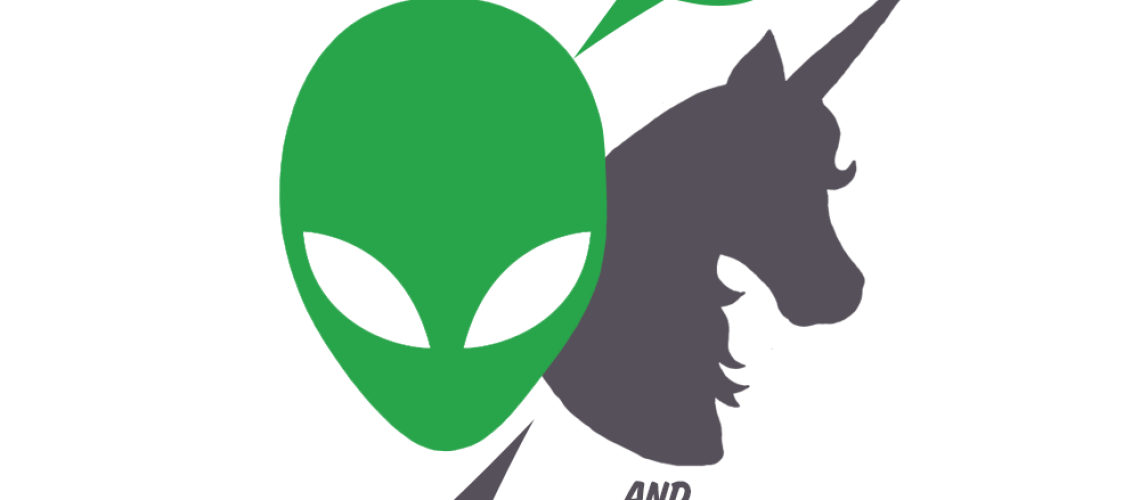“Oh, Brave New World, that has such people in it”–Miranda, The Tempest, Act 5 Scene 1
Published in 1932, Aldous Huxley’s Brave New World is a seminal dystopian novel. The time is the 26th century, although the A.D. calendar is no longer used. Instead, the year is 632 After Ford, for Henry Ford is the model, the hero, the prophet for this seeming paradise of infantile games and recreation, uncomplicated work, and of course, drug-inspired holidays from reality. Happiness is the greatest good.
Into this ‘Eden’, inadvertently, comes a serpent in the form of John, a ‘savage’ from a reservation isolated from modern society, whose fateful encounter with the society of this Brave New World provides much of the dramatic tension of the novel.
Huxley cleverly grounds the reader into the brave new world from the start, starting the reader with a tour of the Central London Hatchery and Conditioning Center and the process by which the five classes of citizens, Alphas through Epsilons are grown, decanted, and then prepared for their lives. In short order as we follow the students on tour, we are introduced to several of the main characters of the book, who work at the center. From the Alpha Plus Bernard, alone and resentful of the society he feels is holding him back, to the uncomplicated Beta Lenina, who strives so hard to conform to that society, Huxley portrays a spectrum across the society.
And it is that society, that vision of the world he imagines, is what gives this novel its power, and demands reading and re-reading today. Though the world-building is sometimes heavy handed and very much indicative of the writing style of its day, Huxley explores the full structure of the society he sets out. Although the society itself thinks of itself as a utopia, the full horror of the novel becomes especially clear through the non-conformist, unhappy Bernard, and even more so by John’s experience with the society.
The novel explores the consequences of universal drug addiction, to the opiate Soma. The infantilization of society in terms of arts, letters, books and movies. The lack of family units, the normalization of loveless promiscuity, the abhorrence of reflection and solitude. The horror of conditioning people, from birth, to believe and internalize ideas that reinforce a vapid and formless stability and conformity. And much more. It is a Totalitarian society not of jackboots, but of drugs, operant conditioning and genetic engineering.
Readers of 1984 will see this as a clear progenitor. Although 1984 is likely far more read, its clear that Orwell read and studied the model of Brave New World for his own Totalitarian dystopia. Both have protagonists and characters who intersect uneasily with the all-pervasive state that they inhabit. Both deal with characters who transgress beyond its boundaries, who peek at a forgotten and fading past. Both have an expository lump toward the end, as the nature of why society is in this shape, and what it means, is explained to the protagonist, and the reader.
The title of the novel is a byworld today for a false paradise, a false future which is not entirely what it seems. Still, the popularity of Brave New World as a novel has been been eclipsed by books and stories which have been inspired by it (like the aforementioned 1984). Regardless, the novel itself is still very much worth reading. If anything, events since its publication have only made the dystopia he imagined more imaginable. (This is something Huxley addressed in Brave New World Revisited, a 1958 monograph where he considers how technological and scientific advances in the areas addressed in his dystopia have progressed). But this is a game that one can still play even today. I shudder, for example, to think what Huxley would have imagined that modern advertising techniques might have done to reinforce the dystopia he so vividly imagined.








